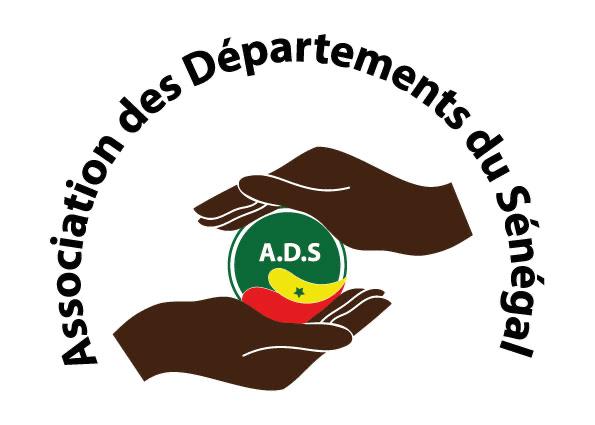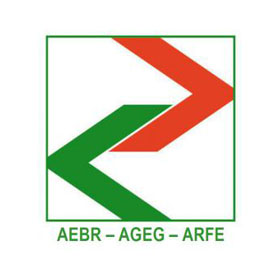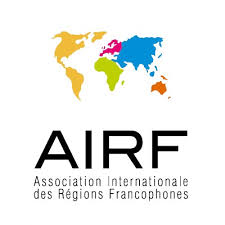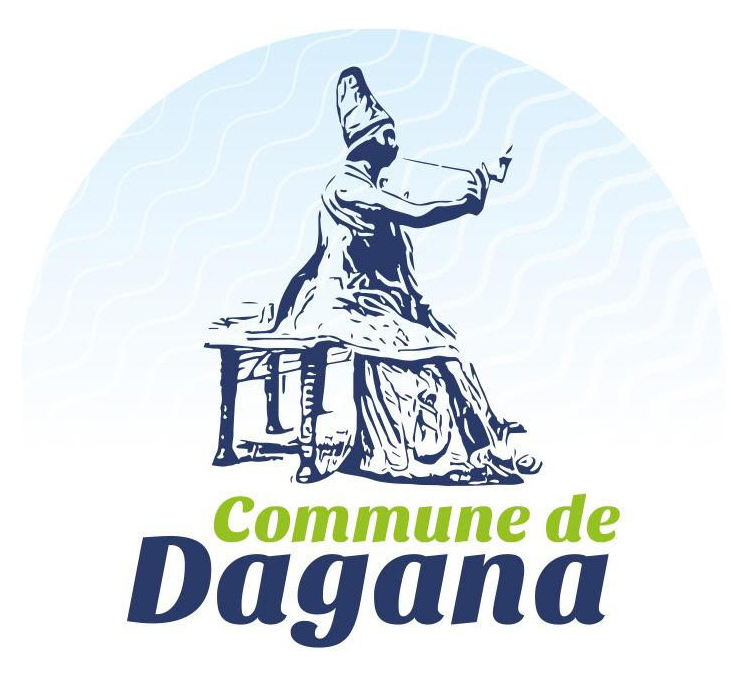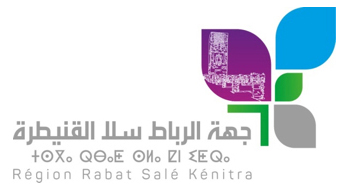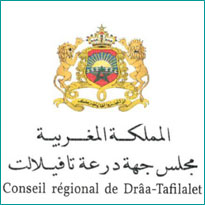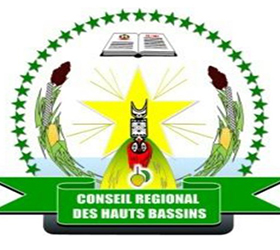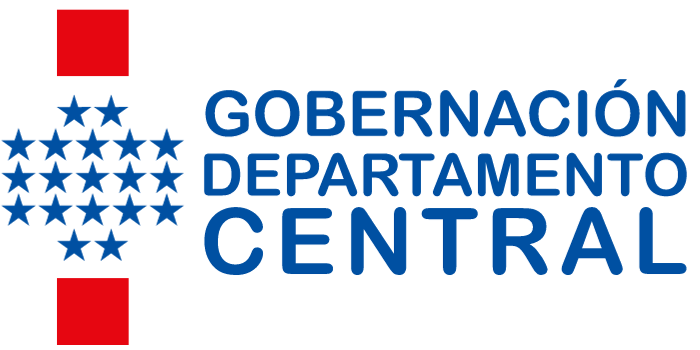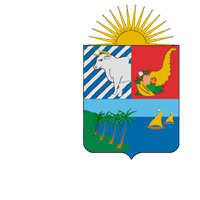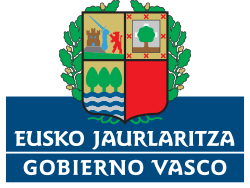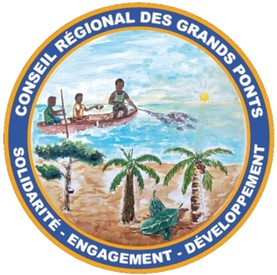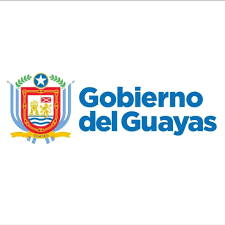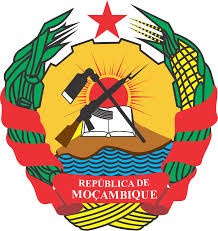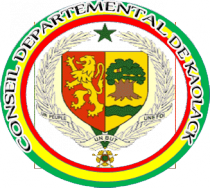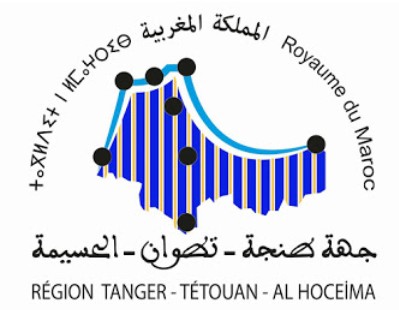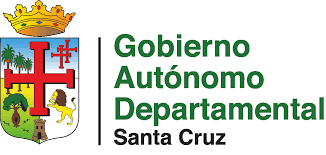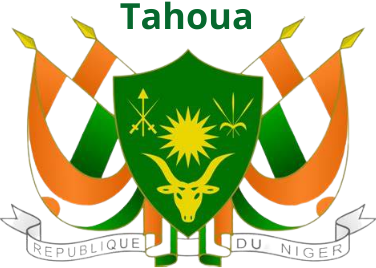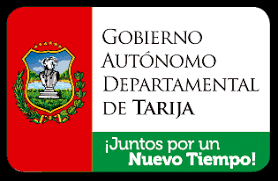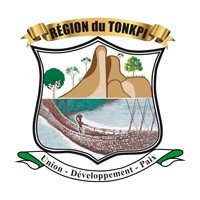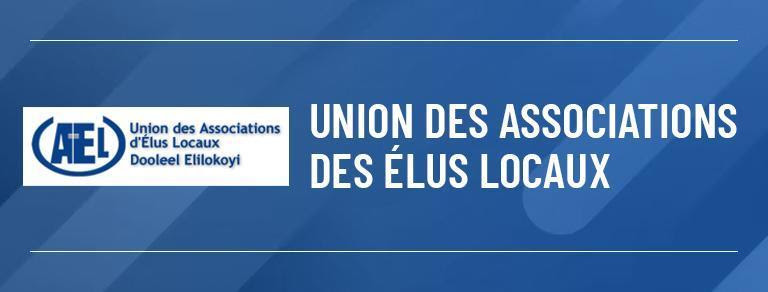Devolution demonstrates the steady success of Kenya’s decentralisation
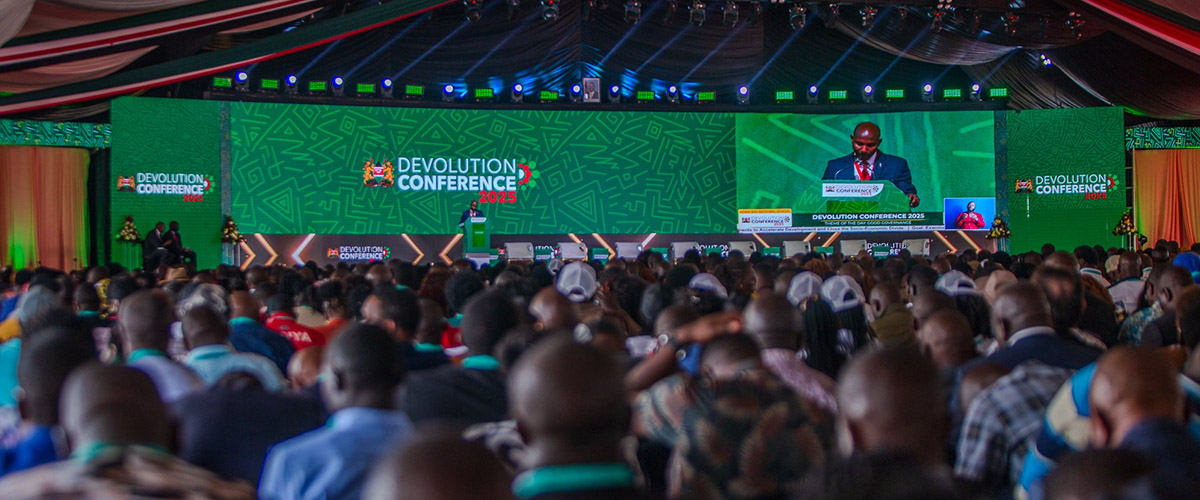
The 9th Devolution Conference, which took place from the 12th to the 15th of August 2025 in Homa Bay County, once came again to show that Kenya is advancing towards an effective decentralisation. The establishment of a new Constitution in 2010 left behind a country strongly centralised, created 47 counties and established a new system of governance. Kenya’s decentralisation has become a benchmark in Africa and one of the most notable cases of returning power to the territories in the global arena. The concept “Devolution”, meaning “to return”, refers to acknowledging a power that existed prior to the creation of the State, which resided in the communities. This way, the “devolved” powers are constitutionally protected, and therefore they cannot be unilaterally regained by the central government. This 9th conference showed, in any case, the maturity of the process and highlighted that the good relationship between the territory and the government remains.
In its inaugural speech, the Council of Governors’ President, Ahmed Abdullahi Jiir, already underlined the improvements that the Devolution process has generated in health, education and agriculture, highlighting these sectors as tangible examples of the positive impact of the decentralised model. After this acknowledgement, the governor of the Wajir County expressed his desire for political, institutional administrative and legal measures to be implemented “in a practical and executable way they comply with the promises of article 147 of Kenya’s Constitution”. With this affirmation, Governor Ahmed Abdullahi Jiir referenced an article that not only points out that the decentralisation is administrative but a mechanism to bring power closer to the citizen, to guarantee territorial equity, to protect vulnerable groups and to ensure inclusive development across all counties.
As a response to this demand, President William Ruto affirmed that the 14 returned functions have been “defined, grouped and promulgated”, erasing the ambiguities that historically have blocked the relationship between the Central Government and the Counties. Furthermore, he promised to “accelerate the complete transfer of functions still pending” and he ratified his commitment with the decentralised system through the immediate promulgation of two key laws: the County Allocation of Revenue Bill, 2025 and the County Public Finance Laws (Amendment) Bill, 2023. These norms strengthen the financial and operational framework of the 47 County Governments. In addition, the President remained firm in the fight against corruption -that steals territorial resources- affirming that he will not tolerate interference in judicial processes.
The conference was structured around three strategic axes: the first dedicated to the Good Governance, centred on accountability, transparency and citizen participation; the second focused on Human Rights and Social Justice, highlighting the inclusion of marginalised groups; and the third one focused on the Financing for Equity and Inclusion, touching upon the access to funds dedicated to SMEs and pro-poor budgets. The most significant session was the one dedicated to Human Rights and Social Justice, as it warned about the regression of fundamental liberties, and called for increased participation of youth, women, people with disabilities and minority groups. This inclusive focus, strengthened in the digital conversation, marked the conclusion of an encounter that establishes the Devolution as an alive and transforming process, which is key to Kenya’s political and economic future.
10,000 people had traveled to Homa Bay from all the counties across the country. The giveaway of 30.000 condoms with the intention of “emphasizing the public health problems” caught the attention of the media.

